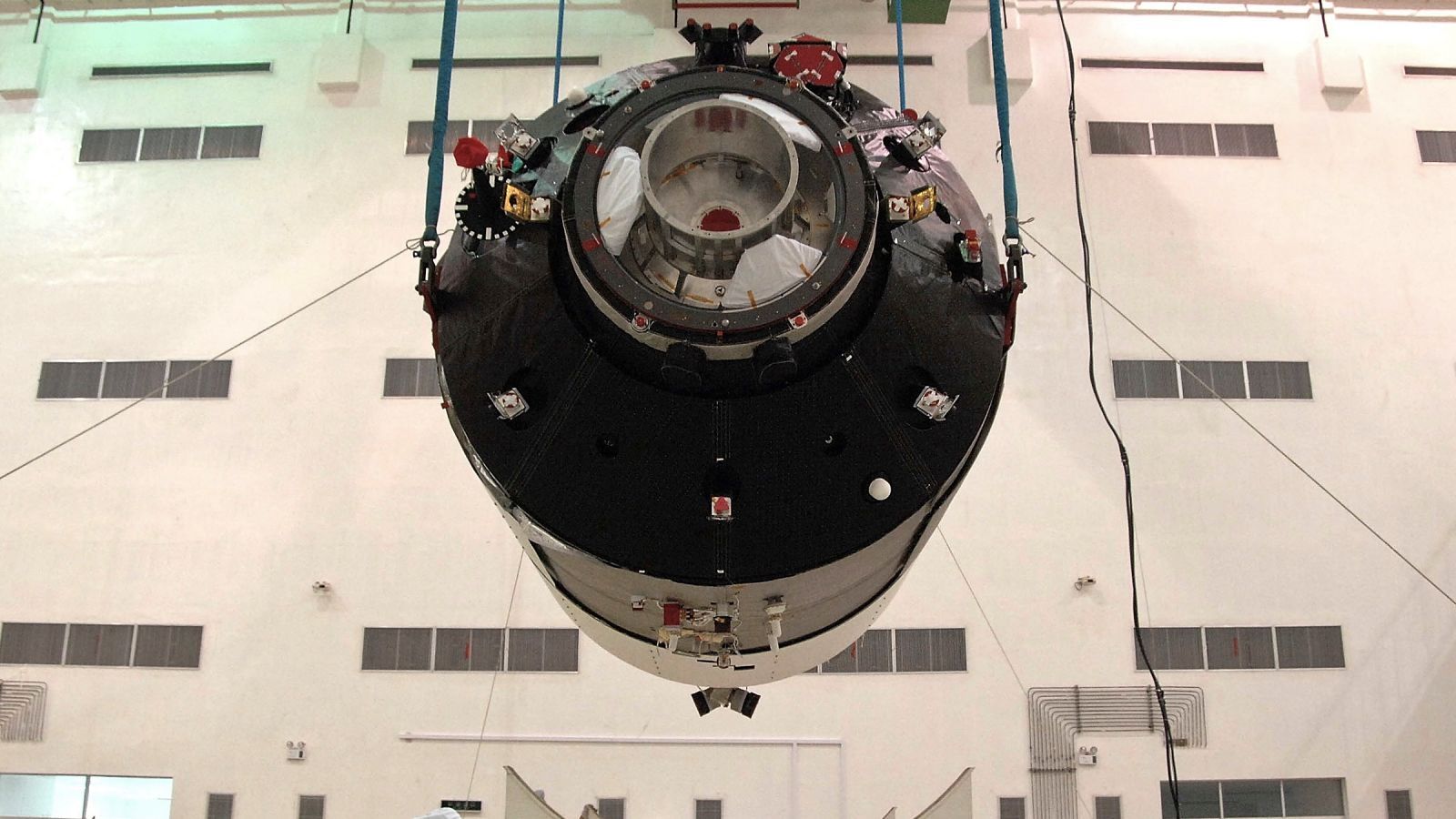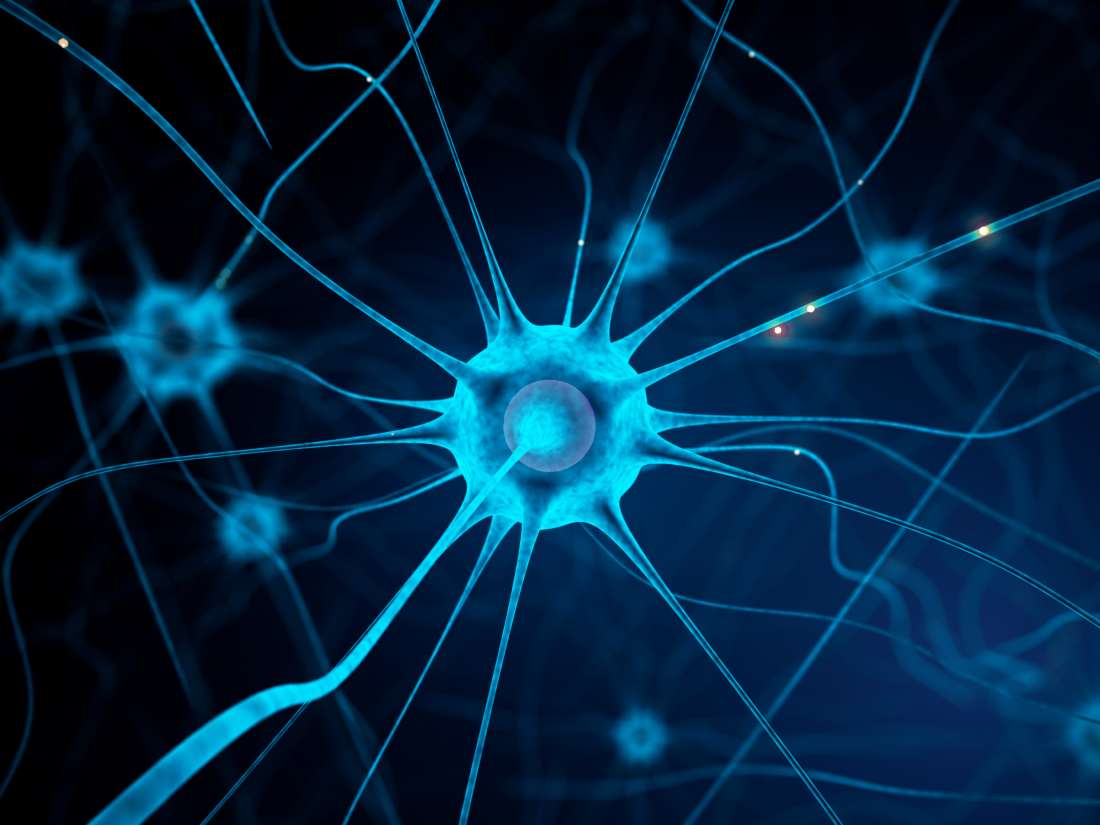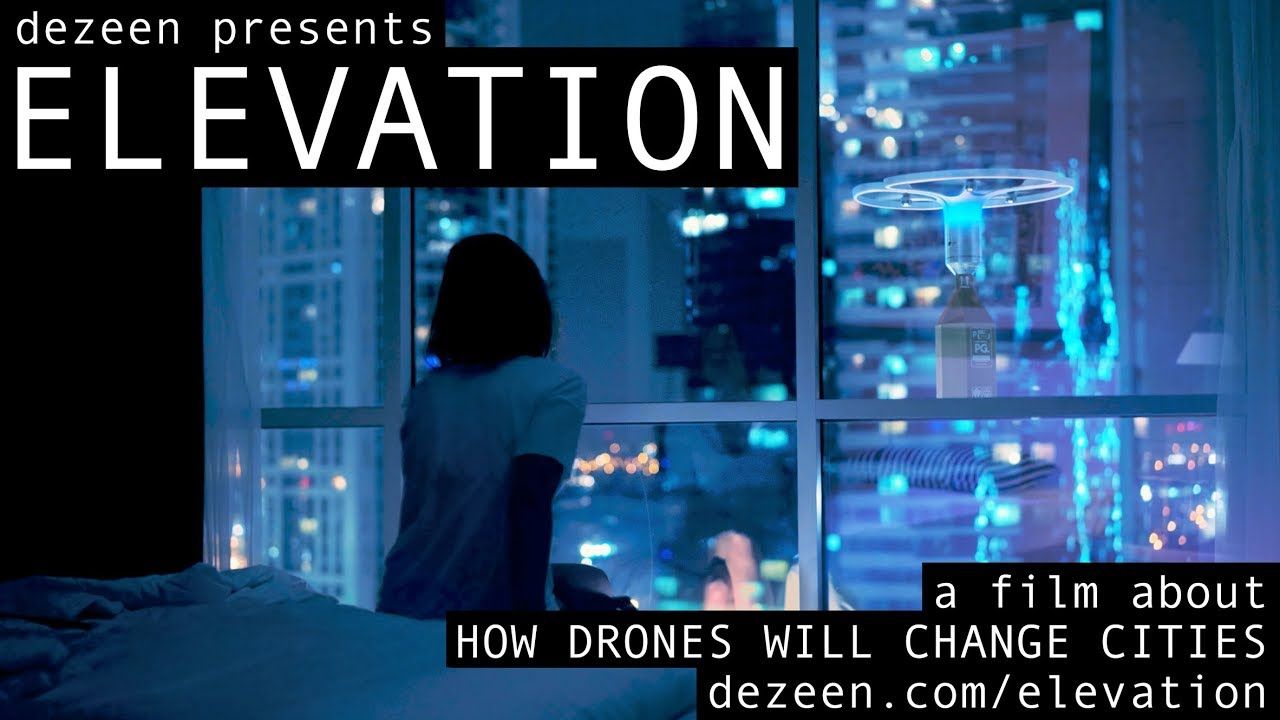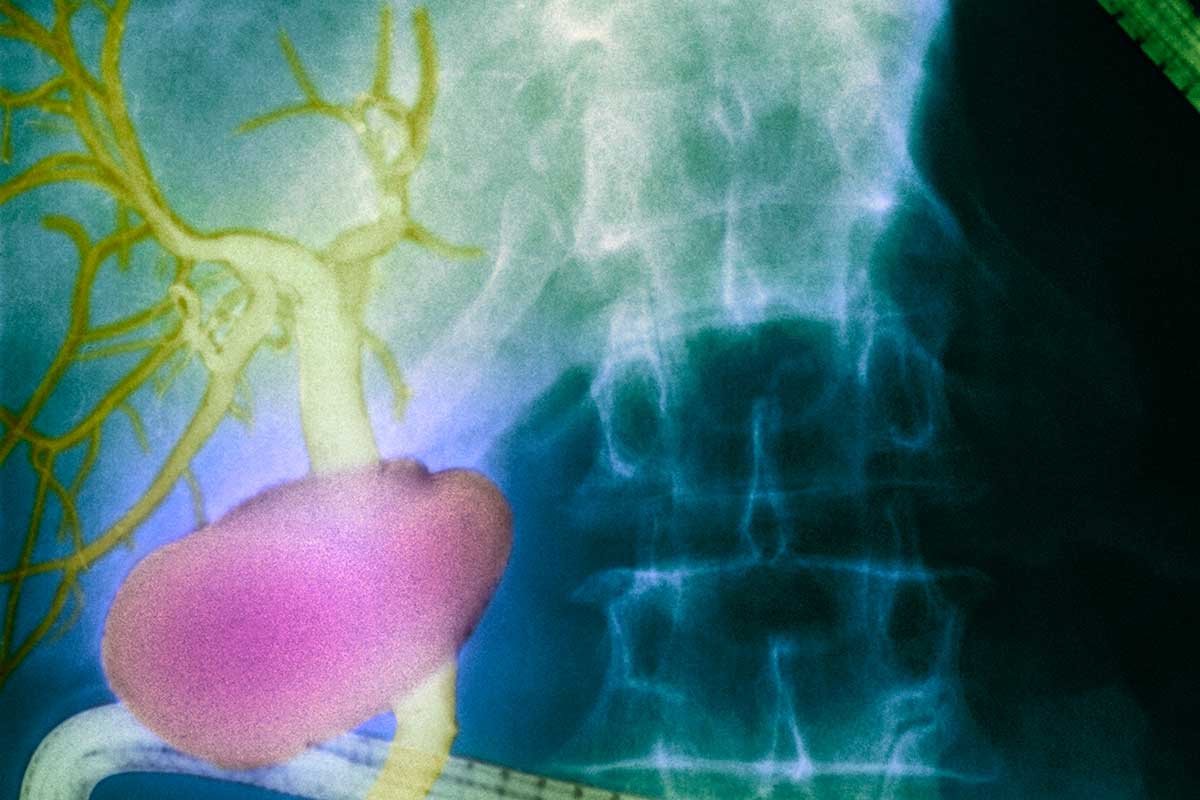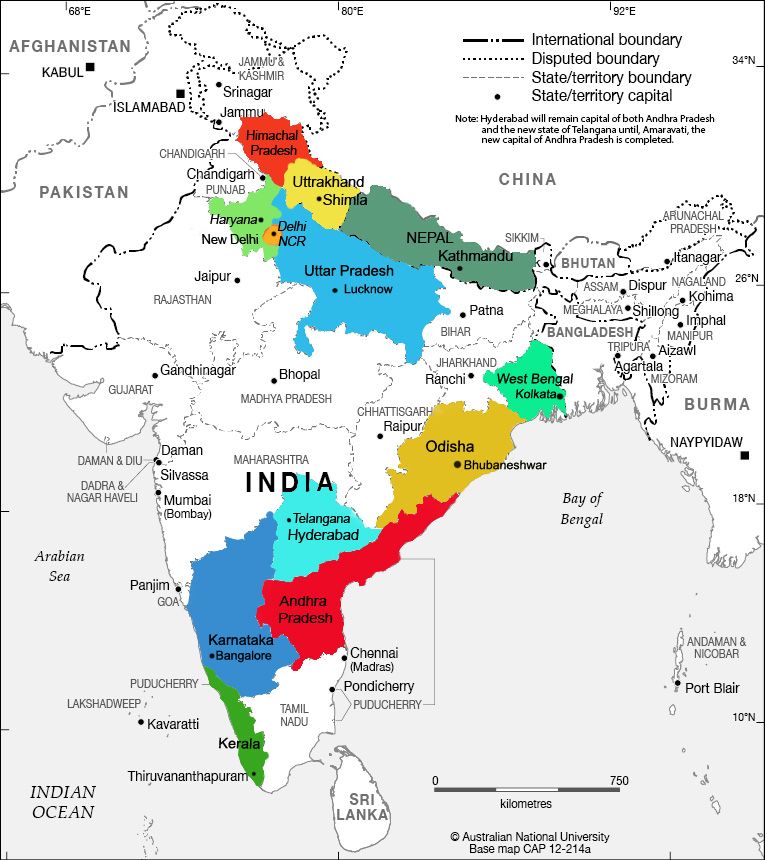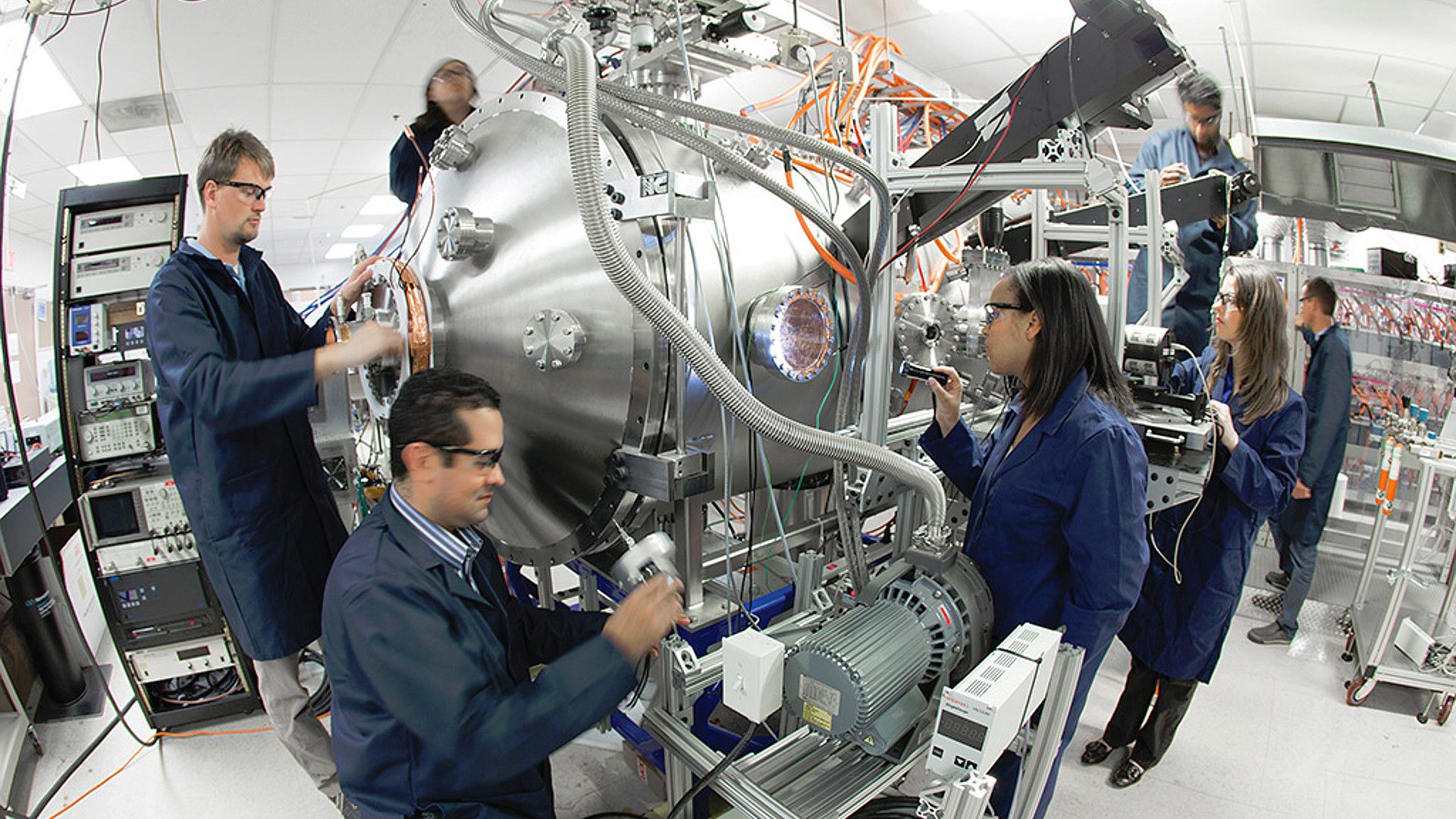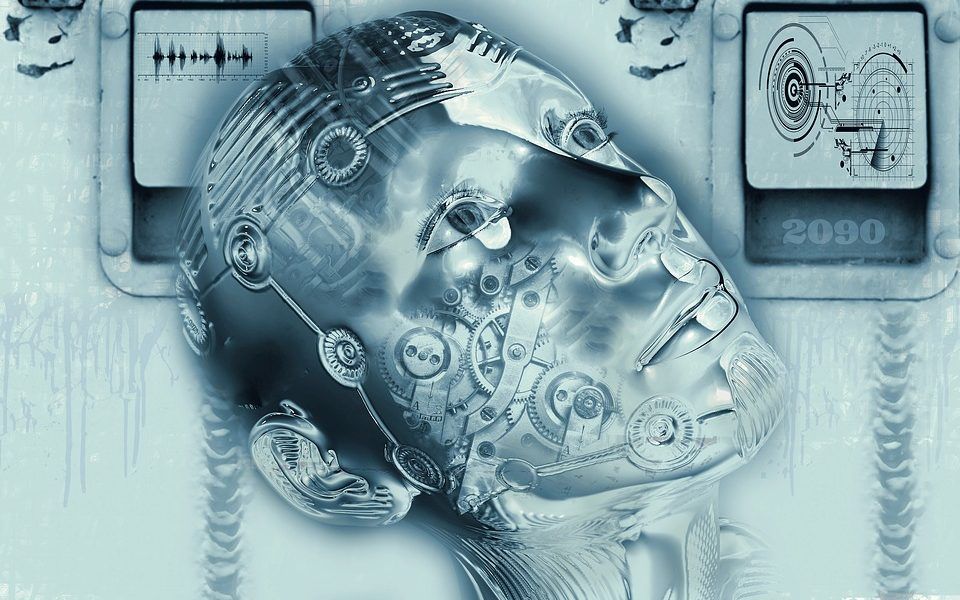China’s defunct space station Tiangong-1 will soon plummet toward Earth, likely this weekend. You will almost certainly not be harmed in any way by it—the odds of it striking an individual person are worse than winning the lottery or being struck by lightning. You should not worry about it.
But we’re humans. We’re all probably wondering, what happens if it becomes clear that pieces of the debris will strike a populated area? This is a long discussion that far predates Tiangong-1.
China launched the house-sized Tiangong-1 space station in 2011. It was a prototype that could only hold a three-person crew, and the plan was for it to fall back to Earth in a controlled reentry, meaning scientists would get to pick where it lands. In 2016, China informed the UN that the satellite was no longer functioning, but denied that it lost control of the ship in some more recent reports. Tiangong-1’s orbit is decaying as the craft slowly succumbs to Earth’s gravity.
